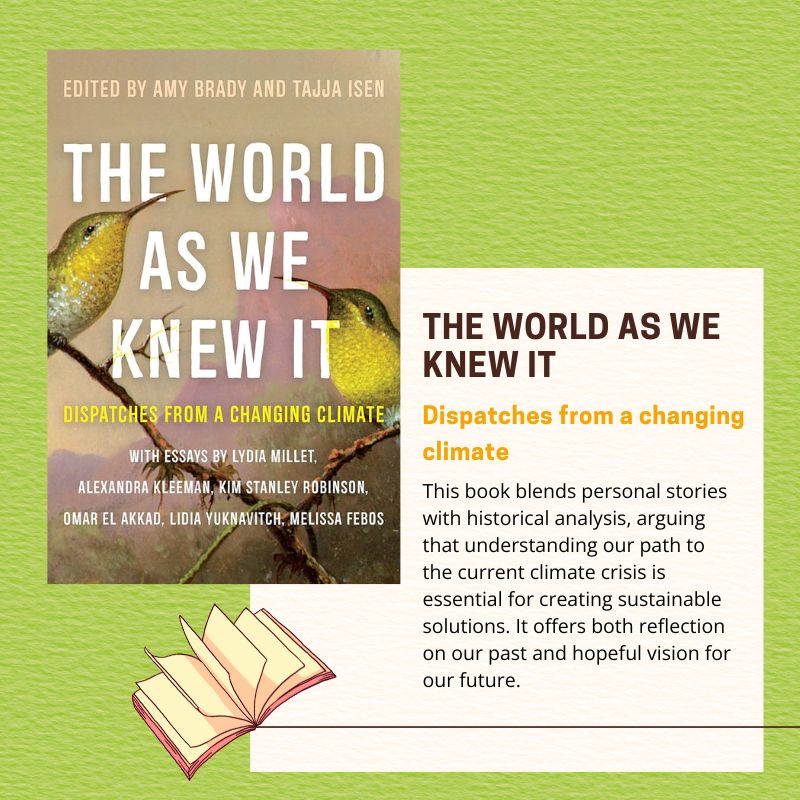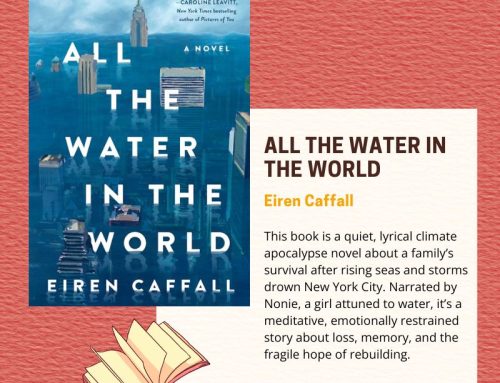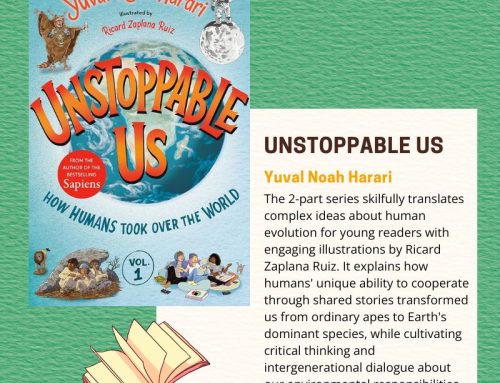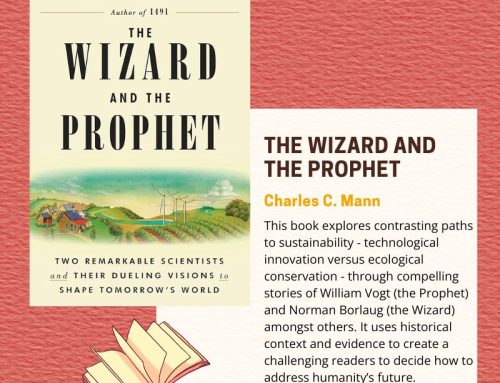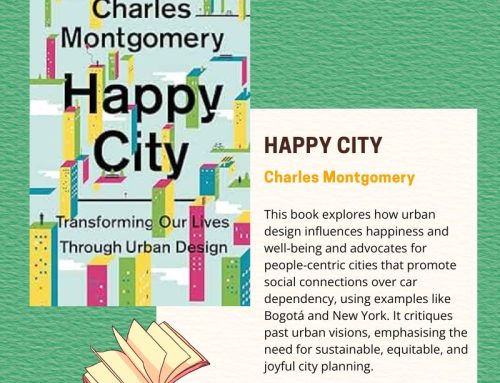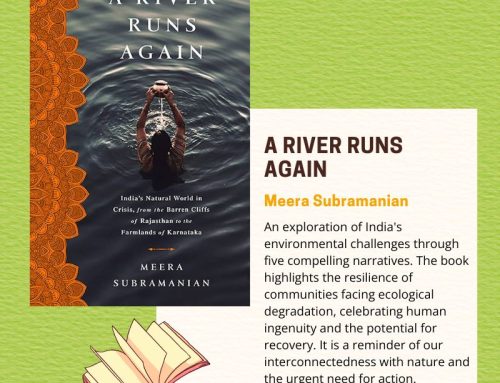In a world where nostalgia increasingly becomes our compass, ‘The Work as We Knew It’ works as both memoir and manifesto. This compelling 250-page exploration takes readers on a journey through the shifting landscapes of labour, home, and environmental consciousness with remarkable clarity and urgency.
Nineteen contributors including the likes of Lidia Yuknavitch, Melissa Febos, and Kim Stanley Robinson skilfully weave personal narrative with broader societal examination, beginning with a poignant reflection that resonates deeply: most of us no longer inhabit our childhood homes. We’ve migrated for opportunity or out of necessity, often returning only occasionally to spaces that anchor our identities. These returns become bittersweet pilgrimages—attempts to grasp memories that seem increasingly ephemeral, not just through the natural erosion of time but through tangible environmental transformations altering the physical spaces we once called home. This beginning hooks you, and everything that follows, reels you in.
What distinguishes this book is its dual temporal vision. Rather than merely documenting present environmental crises or projecting apocalyptic futures, the narrative oscillates between past and future with remarkable dexterity. Though it is not entirely different in its premise to the acclaimed anthology ‘All We Can Save,’ this book carves out distinctive territory by focusing on historical context. This retrospective approach feels refreshingly necessary—the book persuasively argues that understanding our path to the present crisis is essential for charting meaningful paths forward.
The historical analysis never feels pedantic. Instead, readers journey through vivid reconstructions of industrial revolutions, technological shifts, and cultural evolutions that incrementally reshaped our relationship with work, community, and the natural world. Editors Amy Brady and Tajja Isen make these historical transitions feel immediate and consequential rather than distant academic exercises.
Particularly compelling is the examination of how labour patterns have contributed to environmental degradation. The book meticulously traces how work separated us from seasonal rhythms, natural landscapes, and sustainable practices. It doesn’t romanticise pre-industrial existence but rather illustrates how economic systems gradually prioritised efficiency and profit over ecological balance.
The personal stories interspersed throughout provide emotional anchors, from farmers adapting to changing growing seasons to office workers reconnecting with nature through community gardens. These narratives humanise abstract concepts like climate change, making them tangible through lived experiences rather than statistics, something we could all use less of.
Where many environmental texts focus on the disastrous state of the world and our helplessness in how we might fix it, this book strikes an effective balance between acknowledging devastating realities and identifying concrete paths forward. The final chapters outline how workplaces can become sites of environmental regeneration rather than depletion, offering case studies of companies successfully integrating ecological responsibility into their operations.
The prose itself mirrors the book’s themes—simultaneously reflective and forward-looking, melancholic yet stubbornly hopeful. The language is accessible but does not oversimplifying complex ideas, making sophisticated concepts in environmental economics and social psychology digestible without diluting their significance.
If the book has a weakness, it occasionally overreaches in connecting disparate historical movements to current environmental challenges. Some parallels feel stretched, suggesting causal relationships where correlation might be more accurate. Additionally, certain proposed solutions appear idealistic against the realities of global economic pressures.
Nevertheless, ‘The Work as We Knew It’ accomplishes something remarkable—it transforms our understanding of how labour patterns and environmental change intertwine. By examining how we arrived at our current crisis, it gives us the essential context often missing from climate discourse. The central thesis is compelling: without understanding the historical development of our relationship with work and environment, we cannot effectively navigate toward sustainable futures.
For anyone seeking to understand not just what our environmental crisis is but how it developed through generations of changing work patterns, this thoughtful exploration offers valuable insights and, perhaps more importantly, the historical context necessary for meaningful action. It belongs on your bookshelves alongside other essential environmental texts.

